The urban planning imagination
The urban planning imagination is ever more distributed across a range of actors with differing geohistorical sensibilities. It is this that ensures that consideration of urban planning’s contributions and failures should adopt vantage points well outside those of Western Europe and North America. The way in which we think about urban planning, as professionals, educators, politicians, civic activists, business and association leaders and citizens, should perhaps be forgiving of urban planning’s inherent limitations but re-enchanted by its impressive and growing stock of knowledge, ideas and methods and the sense of possibility it carries with it. To plan – as to err – is human.
Urban planning has a geohistory and imagination that far precede planning as a modern profession, and range from indigenous Australians’ complex relationships to land to the cities of Mesopotamia, Imperial China, Athens and Rome and those of Latin and Meso-American civilizations, through to the cities built in the Renaissance in Europe and in, for example, the Philippines, Peru and Mexico under the Laws of the Indies – where in each case significant financial and human resources were devoted to city planning and building (Hein, 2018). Indeed, ‘many of these earlier interventions are still visible … They continue to shape practice in multiple ways, through governance structures or planning cultures, through inherent path-dependencies of institutions or laws and regulations, as formal references, or frameworks for design, transformation, and preservation’ (Hein, 2018: 2).
In this book I argue that if urban planning is part of ‘a refined division of labour’ (Friedmann, 1987) then it has become a more complex and distributed set of practices as the division of labour in society continues to evolve. The innumerable acts, the substantive concerns, wisdom and methods, and the most inspiring and powerful historical and geographical references for urban planning are apparent across a diversity of actors that I simplify here as citizens (individuals and individual households), clubs (corporations, civic associations, environmental groups etc.) and states (new, old, unitary, federal, liberal market, developmental etc.). The interest, influence and power to shape urban development outcomes are distributed very unevenly across these actors, with states and their planning pervasive but less powerful in certain respects than is often appreciated (McGlynn, 1993). The urban planning imagination speaks to and operates in and through ‘a patchwork of private, club, and public realms that both cohere and fragment the city’ (Webster, 2002: 409).
It may be particularly important to recognize the diversity of urban planners and urban planning practices found in and across citizens, clubs and states in the modern era, when it is all too easy to reduce urban planning – its imagination, its substantive concerns, wisdom and methods – to the institutionalized statutory urban planning of the global north in the past 150 years or so. To be sure, the institutions of statutory planning provide a store of wisdom: ‘precedent does offer access to a rich archive of prior human experience and creativity’ (Hoch, 2019: 99). However, much of the emotional intelligence that Hoch (2019) directs us to and which can provide new, practical, urban planning wisdom may rest with citizen and club actors to be mobilized in productive mixes between state, citizen and club, as I emphasize at points throughout the book.
Instead, then, the strengths and imagination of urban planning are to be sought in the increasingly dispersed nature of innumerable, more or less reflexive, acts by citizens, and in the name of clubs and states across sweeps of time and space that collectively describe the making of cities. If learning itself remains the most valuable resource people possess to prepare for the future (Hoch, 2019: 3), the future of the urban planning imagination will need to be open to the complex possible mixes or combinations of, or experiments among, citizens, clubs and states found in different parts of the world at different times. The positive contributions to city making of some of these mixes may seem unlikely, but we should suspend any prejudices we may harbour here regarding the essential properties or rationalities of citizen, club or state planning actors if we are to continue to offer broadly popular and tractable, if temporary, solutions to the unending stream of challenges that attend city making.
History and the urban planning imagination
An historical perspective on cities and urban planning is needed since, as Patrick Geddes (1904: 107) argued, ‘a city is more than a place in space, it is a drama in time’. The securing of shelter from the elements and the mobilization of ‘things to hand’ are central to the human condition of becoming . As with the sociological imagination (Mills, 1959), the urban planning imagination must firmly locate itself within the stream of individual, club and state actions by which our cities are built. Acts of urban planning emerge as something ordinary in their immediacy and yet extraordinary in their longer-term effects. An historical sensibility – a reflexive sensitivity to the temporality of the city and urban planning itself – is vitally important to understanding the becoming of cities. Conservation of the natural and built environment is an important substantive concern of urban planning. History is important to excavating and understanding the failed or lost potentials of cities and associated urban planning imaginations. However, the backwards look can never be the majority part of urban planning, let alone its entirety. This is why I choose to define urban planning as an imaginative, future-oriented act even as it is cognizant of the past.
Urban planning is characterized by significant continuity as a result of particular, durable, administrative and legal traditions that inhere within societal cultures and, more recently, in the statutory basis of national and consequently local planning systems, as I discuss in chapter 6. Continuity is a product of the habits and conventions adopted and acquired by generations of planners – whether individuals, corporations or states – and which become fossilized in policies, plans and meanings and values attached to particular sites in what we understand as distinct urban planning cultures. At the same time, it is apparent that urban planning has been the subject of significant change . Urban planning activities and processes are subject to multiple temporalities or rhythms (Abram, 2014) from the long term of scenarios, to the mid-term of forward or strategic spatial planning, to the short term of decisions on individual development proposals. Indeed, there is a sense in which change may be the only constant of urban planning . Histories reveal both important changes in the substantive concerns of urban planning over time in single places and historical slippages in these same concerns from one place to another. It should be clear, then, that the history of urban planning is not linear – heading inexorably in the direction of ‘progress’. History repeats itself in terms of how the substantive concerns of urban planning come into and go out of view, and how the wisdom associated with urban planning is valued or undervalued.
Geography and the urban planning imagination
It is in place making and shaping that the definition of urban planning I have in mind has an inherently geographical aspect to it. The planning imagination must be a geographical one in its attention to the uniqueness of places. Geddes (1904) considered geographical method as fundamental to the comprehensive understanding of cities and their urban planning, drawing on geographical notions of the unity and coherence of places or regions, not least because ‘it takes the whole region to make the city’ (Geddes, 1904: 106). Seeing the city in these terms has been part of a modern planning tradition of the past 150 years and it ‘often seems a messy, conflict-ridden and threatening enterprise because it seeks to “integrate”, to connect, different areas of knowledge and practice around a place-focus’ (Healey, 2007: 13).
Читать дальше
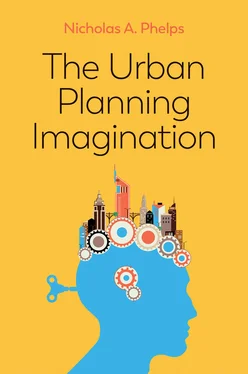
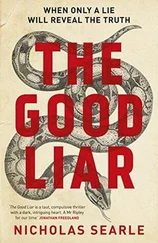
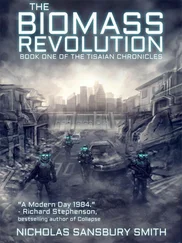


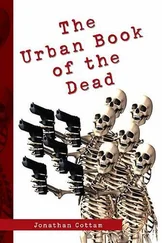
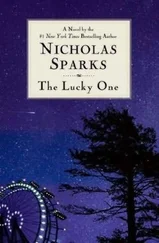
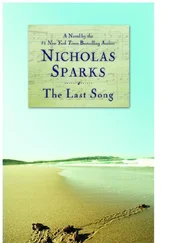
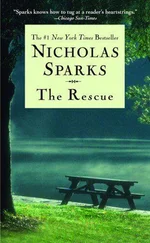



![Nicholas Timmins - The Five Giants [New Edition] - A Biography of the Welfare State](/books/701739/nicholas-timmins-the-five-giants-new-edition-a-thumb.webp)